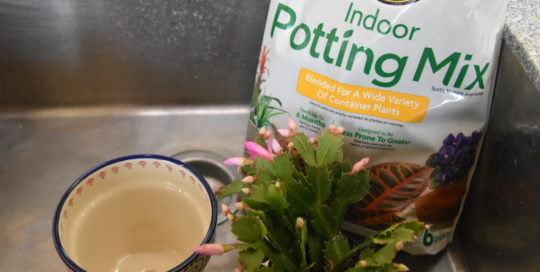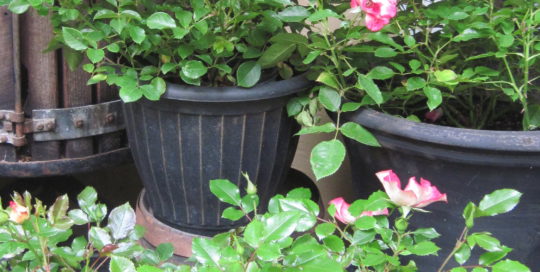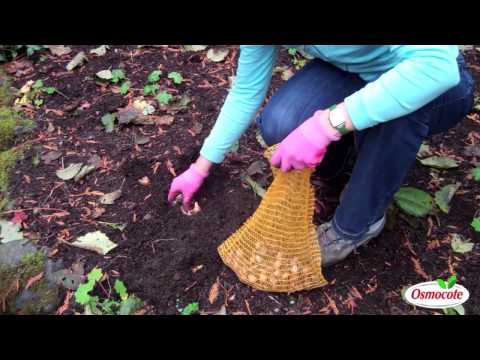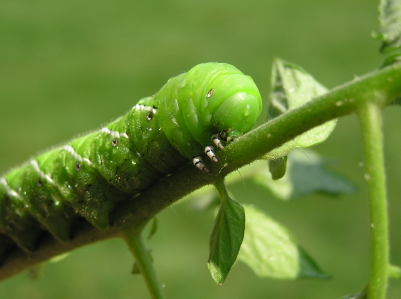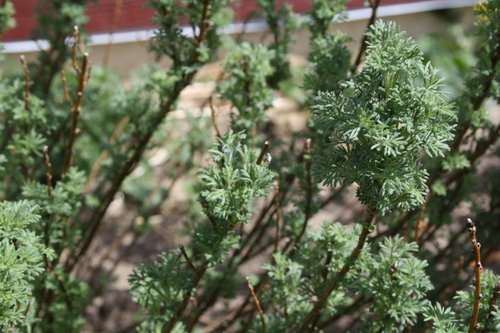#6-Moles
Contrary to a commonly held belief, moles are not part of the rodent family; they are actually a small insect eating mammal. They frequently create shallow tunnels just below the surface where they capture worms, insects, grubs, and other invertebrates. Their biggest claim to shame is the damage that occurs through their burrowing activity, which can dislodge plants and dry out their roots. In the case of lawns, the resulting mounds, ridges, and tunnels are unsightly, disfiguring and can be dangerous if an ankle gets twisted in one of them.
Trapping is the most universally applicable and dependable method of mole control, though; many think this is cruel and inhumane. Mole traps are fairly expensive but are available at hardware stores, nurseries, or directly from a manufacturer online. There are many different home remedies found online, bubble gum, broken glass, rose bush stems, bleach, and filling the tunnels with water, just to name a few. None of these have proven successful in stopping mole damage or in driving moles from an area. There are some commercially available mole repellents, usually some kind of castor oil solutions. Research on the effectiveness of these repellents has shown some efficacy.
#7-Birds
While many see birds as a useful animal to have in the yard, they do eat insects, caterpillars and grubs, they can also be a nuisance pest. Several bird species can cause substantial damage by feeding on ripening fruit, vegetables, and nuts. The amount of damage, the type of damage, and any effective control methods vary among different species of birds, so it is important that you try to identify which species is causing the damage. The most effective way to reduce bird damage to gardens and isolated fruit and nut trees is netting.
If you can set up a frame of some kind, it would prevent the bird from getting the produce from the outer edges through the net. Using netting does have its disadvantages, such as the high initial costs, it is very time consuming to put up, and is inconvenient to work around when you want to pick. Frightening devices, such as pie plates, scare crows, fake snakes and such are extremely temporary, even if you move them around continuously, the birds eventually figure out your game and ignore them. There are chemical repellents that rely on objectionable tastes and odors. These repellents have been shown to effectively reduce damage by birds in some studies while in others it does nothing. So, they might provide some relief for small gardens and backyard trees even though their overall efficacy is uncertain.
#8-Red Imported Fire Ant
While this particular pest is not a problem nationwide, those of us in the lower half of the country know the pain all too well. The fire ant’s sting is a serious concern to people and their pets. Venom is injected into the skin, which causes a painful, burning sensation (hence the name fire ant). Red imported fire ants are very aggressive and can quickly climb onto the object or person causing the disturbance of their nest and begin stinging. A single red imported fire ant can bite and sting its victim repeatedly. In addition to their stings, fire ants feed on almost any plant or animal material, including other insects, ground-nesting animals such as doves or rabbits, young trees, seedlings, as well as developing fruits. They can also causes problems by building their nests around trees, plants, water pipes, and in the walls of buildings.
On the market, you can find fire ant baits, which are the recommended control, simply because they are inexpensive, highly effective, and safe for the environment. Using these baits allows the foraging ants to carry the poison back to the nest and distributes it to the rest of the colony. Spraying any ants outside the nest will only kill them, and spraying the nest itself could cause the colony to disperse and set up shop in numerous other locations. Just make sure you follow the directions on the package as they are the law!

